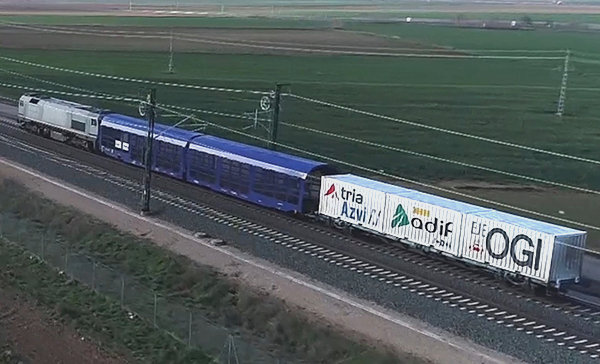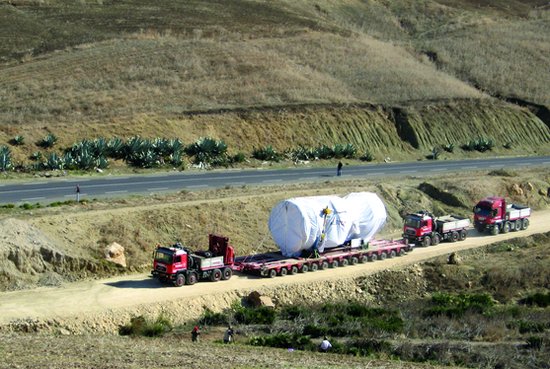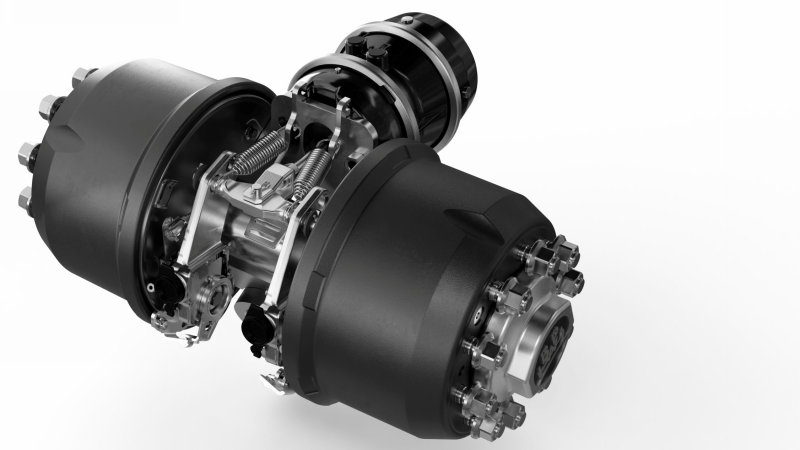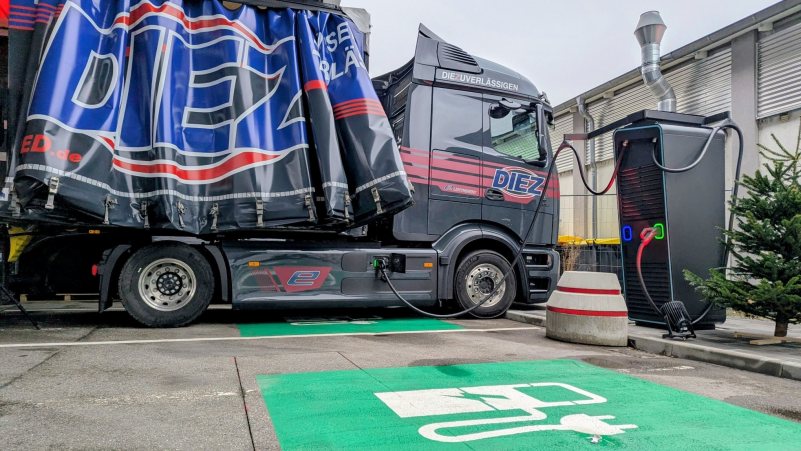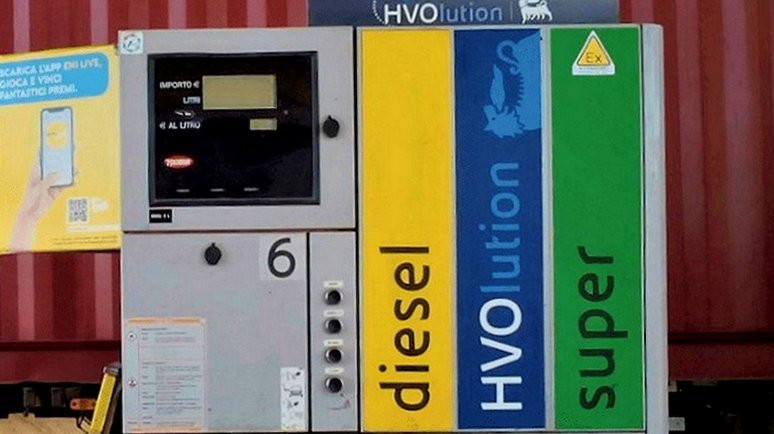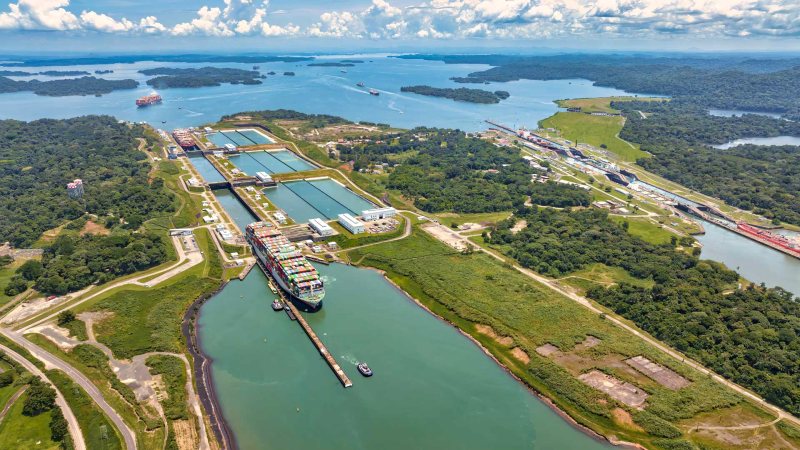Spain has launched a comprehensive investment program aimed at integrating into the continental railway corridors, particularly focusing on the development of the Mediterranean and Atlantic corridors. To those who might consider the concept of trans-European transport networks merely an academic exercise brought to life with a pen stroke on a map of the European community, Spain responds with a significant investment program centered precisely on integration into these continental railway corridors.
The network includes two main directions that are part of the TEN-T network and involve the Iberian Peninsula, interweaving with each other: the Mediterranean corridor and the Atlantic corridor. The former follows the coast from the French node of Perpignan, passing through Barcelona to Tarragona, where it splits into a branch that heads towards Zaragoza, Madrid, and Seville, and another that extends from Valencia down to the port of Algeciras.
The second TEN-T corridor, coming from Bordeaux in France, crosses the Pyrenees to reach Valladolid and then Portugal, reconnecting on one side to Madrid with the Mediterranean network. Spain holds a record in Europe for swiftly investing all the resources made available by the EU for infrastructure to such an extent that it has created the largest high-speed rail network in Europe within a few years. The development plans for the Mediterranean and Atlantic rail freight transport corridors are set to continue throughout 2024.
Starting with the Mediterranean network, which is of particular interest to Italian port activity, numerous projects are underway, nearing completion, or scheduled. The first involves one of the largest logistics and industrial areas in the northwest of the Iberian country, that of Teruel situated between Zaragoza and Valencia, managed by the public company Aragón Plataforma Logística. As a first step, the railway station's tracks have been adapted to the standard length of 750 meters, and the interchange with road modes has been enhanced and expanded.
Furthermore, Adif, the Spanish railway network manager, has tendered and awarded contracts for the extension of the connecting tracks of three other stations along the Zaragoza-Tarragona line, specifically Chiprana, Nonaspe, and Flix. This direction will be strengthened and enhanced with the goal of connecting to the European standard gauge railway between Barcelona and Madrid, aiming to create a unified freight corridor. Additional projects worth 36 million euros are planned, following an agreement that also involves the Port Authority of Barcelona coordinated by the government agency Puertos del Estado.
There are also developments for the Atlantic corridor. Here, investments are focused on the intermodal terminal of Júndiz, located at the gates of Vitoria-Gasteiz, a key transport hub in the Basque region. Within the industrial area of the capital city is the Intermodal Transport and Logistics Center, a logistic area of 900,000 square meters, with a rail freight station of 180,000 square meters. The first phase of the four planned enhancement works is underway. In addition to extending the track bundle, an additional European gauge connection will be introduced, the first step towards the complete conversion of the station accompanied by the extension of loading and unloading areas.
However, the possibility of reopening the international railway line between the Spanish station of Canfranc and the French station of Bedous, closed since 1970 following a freight train accident, remains on hold. This connection, in the heart of the Pyrenees, would ensure a link between Zaragoza and Pau in the southwest of France, but it is understood that discussions will not resume before 2030.
Piermario Curti Sacchi












